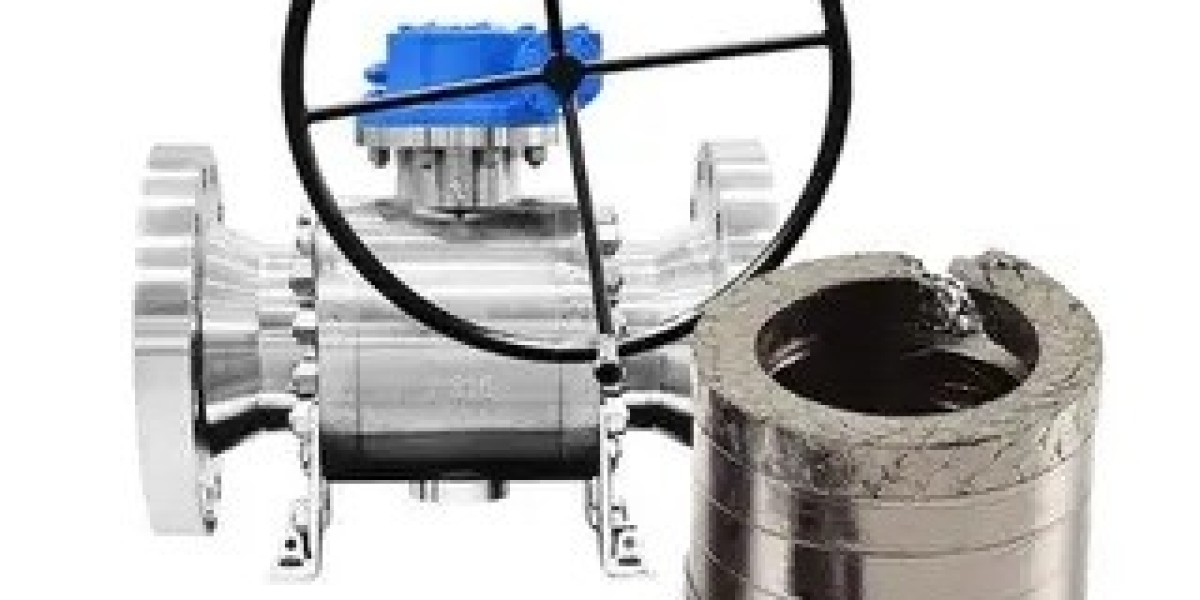Packing Seal Technology in Industrial Applications: Principles, Challenges, and Optimization
In industrial production, sealing technology is critical for ensuring equipment operates efficiently and preventing fluid leakage. Among various sealing methods, packing seals are widely used due to their simple structure, reliability, and cost-effectiveness. However, packing seals face significant challenges, particularly related to friction and wear. This article explores the working principle of packing seals, common issues, and strategies for optimization to enhance performance and longevity.
Working Principle of Packing Seals
Packing seals achieve sealing through close contact between the packing material and the shaft or rod. They typically consist of the packing itself, a stuffing box, and a gland. The packing is installed in the stuffing box, and pressure is applied via the gland, pressing the packing tightly against the shaft to prevent fluid leakage.
Compared with other sealing methods, packing seals have a larger contact area and require sufficient compression. This makes friction and wear particularly important factors in their operation.
Factors Affecting Friction and Wear
Friction and wear significantly impact the performance and service life of packing seals:
Gland Pressure – Proper gland pressure ensures adequate contact between packing and shaft for effective sealing. Excessive pressure, however, increases friction and accelerates wear, while insufficient pressure leads to leakage.
Operating Time – Extended operation causes packing to lose elasticity, surface roughness to increase, and lubricants to deplete, all of which intensify wear.
Number of Packing Rings – More rings improve sealing but increase friction, while fewer rings reduce friction but may compromise sealing. Optimal ring selection depends on operating conditions.
Shaft Surface Roughness – A rough shaft increases friction and wear, while also reducing sealing effectiveness. Smooth shaft surfaces are essential for reliable performance.
Packing Material – Different packing materials have varying coefficients of friction. For instance, PTFE against steel has a friction coefficient of 0.04, whereas cotton against steel ranges from 0.6–0.7. Material selection should consider the working medium and operational conditions.
Wear Problems and Solutions
Wear is a common issue in packing seals, often leading to reduced sealing efficiency or equipment failure.
Manifestations of Wear:
Uniform wear occurs gradually from the gland inward, while improper installation can cause accelerated wear near the gland.
Corrosion on the shaft, especially when graphite-lubricated packing contacts stainless steel in a conductive medium, can lead to severe surface degradation and accelerated wear.
Solutions:
Optimize Installation: Install packing evenly and incrementally, compressing each ring slightly. Spacer rings can serve as lubricant injection points and leakage monitoring channels.
Select Appropriate Materials: Carbon fiber packing offers excellent wear resistance, while asbestos packing can cause severe shaft wear. Impregnated packings, such as PTFE-impregnated asbestos, can achieve near-carbon fiber performance.
Adopt Lubrication and Cooling Measures: Lubrication reduces friction, wear, and heat. Forced lubrication, using either external lubricants or leaking fluid, along with cooling devices, prolongs packing life. Spring-loaded washers can maintain seal pressure as packing wears, reducing maintenance requirements.
Lubrication and Cooling
Proper lubrication and cooling are vital to minimizing friction, wear, and thermal damage.
Key Considerations for Lubrication:
Chemical stability: Lubricants should not react with the medium.
Impregnation and retention: Lubricants must penetrate packing fibers and remain effective under pressure.
Prevent electrochemical corrosion: Insulating lubricants are preferred when conductive media are present.
Self-lubrication and temperature resistance: Graphite, molybdenum disulfide, mica, and PTFE are commonly used.
Common Lubricants:
Animal fat: Suitable for cold water; may corrode shafts over time.
Castor oil: Compatible with water and acid-salt media.
Glycerin: Ideal for petroleum products; suitable for rubber packing in steam.
Graphite: Excellent solid lubricant, chemically stable; watch for electrochemical corrosion.
PTFE: Insulating, chemically resistant, suitable for -200 to 250°C; effective as both filler and lubricant.
Conclusion
Packing seals are essential in industrial applications due to their simplicity, reliability, and cost-effectiveness. However, friction and wear present significant challenges. By optimizing installation, selecting suitable packing materials, incorporating lubrication and cooling measures, and using automatic compensation devices, the performance and lifespan of packing seals can be greatly improved. These strategies reduce wear, enhance sealing efficiency, and lower maintenance costs, providing reliable sealing solutions for industrial operations.
It's important to know about Google SEO to help your website rank higher in search results.






